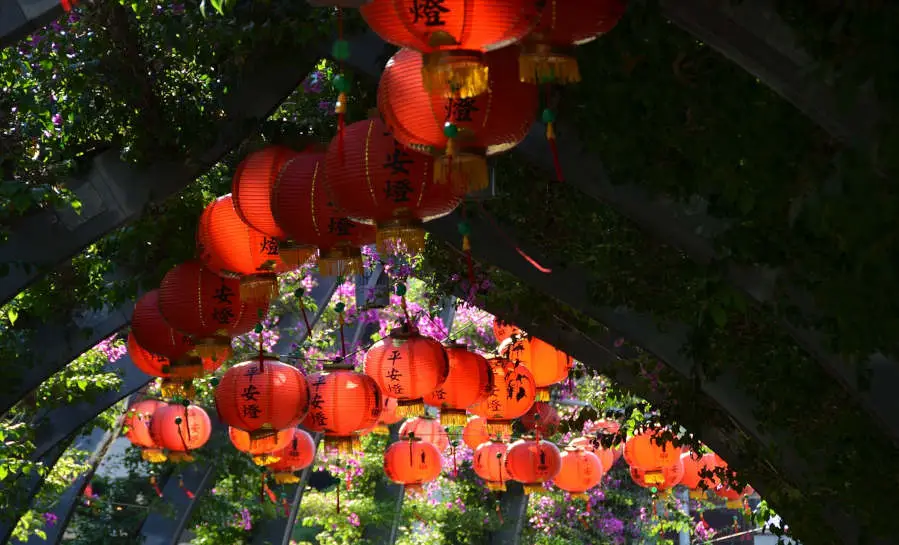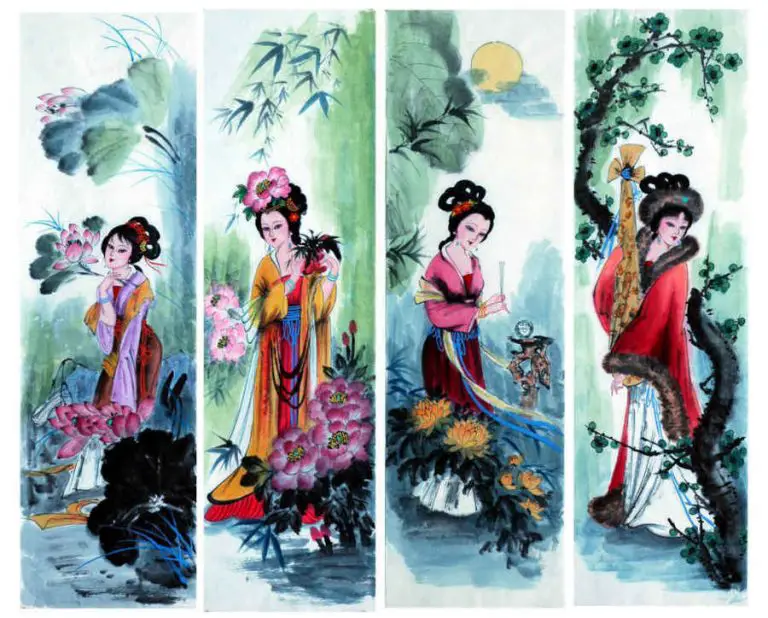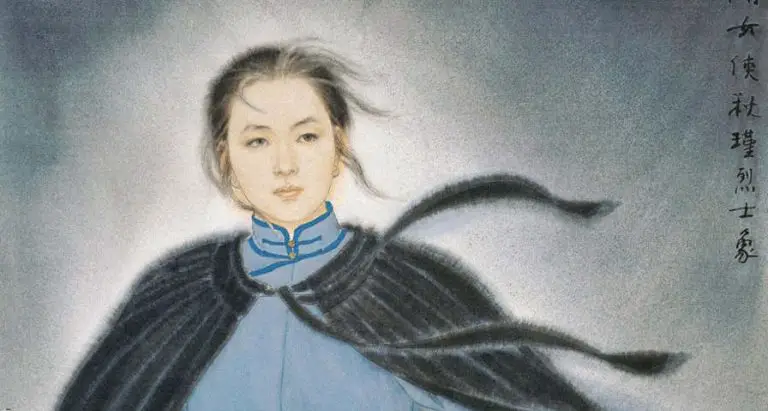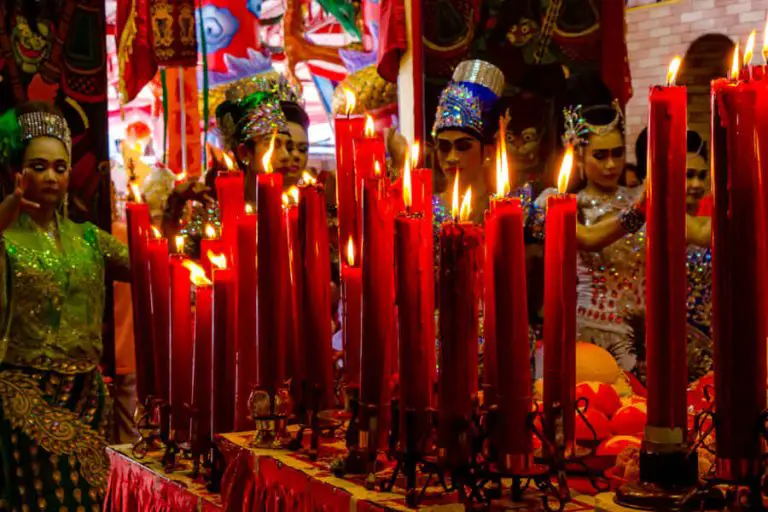The lantern festival is one of the most important festivals in Chinese culture.
Also known as 元宵節; Yuánxiāo jié (translated into the Yuan Xiao Festival), this festival is celebrated on the 15th day on the first month of the Chinese Lunar Calendar, or in short, 15 days after the Chinese New year.
As we know, Chinese traditional festivals are based on the Lunar Calendar instead of our day-to-day Gregorian Calendar. Since the Lunar Calendar has only 354 days instead of 365 days in the Gregorian calendar, the Lantern Festival is celebrated on different Gregorian dates every year, but always between February and March.
The main function of the Lantern Festival is to mark the end of the Spring Festival (Chinese New Year celebration), but the Lantern Festival has its own traditions and excitements, with the lanterns being the festival’s main signature.
The Lantern Festival symbolizes reconciliation, peacefulness, and forgiveness, so it also has a deep meaning in the Chinese tradition.
Before we learn further about the traditions and activities of the Lantern Festival, let us begin by discussing the history and the legend behind it.
History Behind The Lantern Festival
If we compare the histories behind the different Chinese festivals, then the Lantern Festival can be considered relatively “young”.
The oldest recorded history for the Lantern Festival can be traced back to the Han Dynasty period (206 BC – 220 AD). The lanterns weren’t yet part of the tradition back then, but the Yuan Xiao festival has been established as a national festival by Emperor Wen. Emperor Wen mandated the celebration of the Yuan Xiao festival every 15th day of the 1st month, and the festival was originally intended as a worship ritual for the supreme god Taiyi.
Entering the Eastern Han Dynasty period, there has been a major shift in how the Yuan Xiao festival was celebrated, especially due to the massive Buddhism movements in China back then.
As Buddhism spread across the whole of China, the reigning Emperor Ming learned of how the Buddhist monks prayed to the Buddha on the 15th day of the first month. These monks also lighted up lanterns as a worship ritual for the Buddha.
Emperor Ming was heavily attracted to this tradition and ordered the eunuch to place lanterns in the Palace and royal temple every time the Yuan Xiao festival is celebrated. The commoners also copied what the emperor did, so they also place lanterns upon their homes during the festival night.

During the Tang Dynasty period (618-907 AD), the festival became even more widely celebrated with more activities. People started making their own lanterns with their own designs, and they believed that the lanterns symbolize the power and peacefulness of the Empire. During this period, the celebration of the Festival was also lengthened into 3 days long. The Emperor also erased the traditional curfew, allowing the commoners to celebrate the festival day and night.
Not too many changes happened during the period of the Song Dynasty (960-1279 AD), but the celebration period was lengthened once again into five days long. Another additional tradition is writing riddles on each lantern, a tradition that is still being upheld today. During the Ming Dynasty period (1368-1644 AD), the Lantern Festival celebration was once again lengthened into 10 days long.
Last but not least, the Qing Dynasty period (1644-1912 AD) finally established the Lantern Festival as one of the major festivals in China. This period introduced firecrackers and fireworks as parts of the festival’s celebration, along with acrobatic shows, Dragon Dance, and Lion Dance shows, and of course, releasing red lanterns into the sky as the core tradition of the festival.
Take a look at these awesome Chinese Lanterns.- Aff.link
Legends and Folklore Behind The Lantern Festival
As with other festivals in China, there are numerous different variations of folklore and myths behind the Lantern Festival. However, the most popular and well-known legend is one about Dongfang Shuo and the palace maid named Yuan Xiao.
This story is about a wise man named Dongfang Shuo who turned a tragedy into a celebration in Chang’an (the capital city of the Han Dynasty).
Dongfang Shuo was an advisor of the emperor, and during one winter, he visited the Imperial Garden to pluck a plum blossom for the Emperor. Not far from the garden, he saw a crying lady who was about to jump to a deep well.
Dongfang Shuo hurried to stop her and asked why she attempted suicide. The lady, named Yuan Xiao, then told him the story of how after she entered the Royal Palace, she no longer can visit her parents. Feeling that she was an ungrateful child, she chose suicide. Pitying her, Dongfang Zhuo then promised Yuan Xiao to let her meet her parents.
Dongfang Shuo was also a famous fortune teller, and one day he left the palace to open a fortune teller stall in the city. With his reputation, many people visited the stall to get their fortune told by the Imperial advisor. However, Dongfang Shuo gave the same fortune to all of them: fire will come to bring tragedy on the 15th day of the 1st month.
Scared of the prophecy, people asked Dongfang Shuo for a solution, and Dongfang Shuo told them that on the 13th day of the 1st month, the Fire God will send a fairy with red clothing, and all of them should ask for forgiveness from this fairy.
An Introduction to Chinese History & Culture (Aff.link)
Dive into China’s rich past and intriguing present! From ancient dynasties to modern powerhouses, uncover Chinese culture facts, pivotal moments, and the captivating tales that have shaped this vast nation.
Thus, the 13th day comes, and Dongfang told Yuan Xiao to play the part of the fairy. Wearing red clothing, Yuan Xiao walked into the middle of the crowd. Following Dongfang’s advice, people came to Yuan Xiao (acting as the fairy) and asked for forgiveness from the Fire God.
Yuan Xiao then tells the people that she had a copy of a decree from the Fire God, and she ordered the people to bring the decree to the Emperor.
The Emperor received the decree, then asked for Dongfang’s advice regarding the situation. Dongfang told the Emperor that the Fire God really loved Tangyuan (Chinese sweet dumpling), and Dongfang told the Emperor that there is a palace maid that can make really good Tangyuan. Dongfang told the emperor that every family in the city must also make their own Tangyuan, hang a red lantern on the house, and light up firecrackers as a worship ritual for the Fire God.
Long story short, the Emperor ordered the people to do as Dongfang has advised, and during the 15th day of the 1st month, the city was full of lit lanterns, firecrackers, and fireworks. On the night of the festival, Yuan Xiao’s parents finally come to the palace to celebrate the festival, and finally, Yuan Xiao can meet her parents.
The Emperor, in awe of the festival’s celebration, ordered the people to celebrate this festival every year, and this is also why the festival is also called the Yuan Xiao Festival.
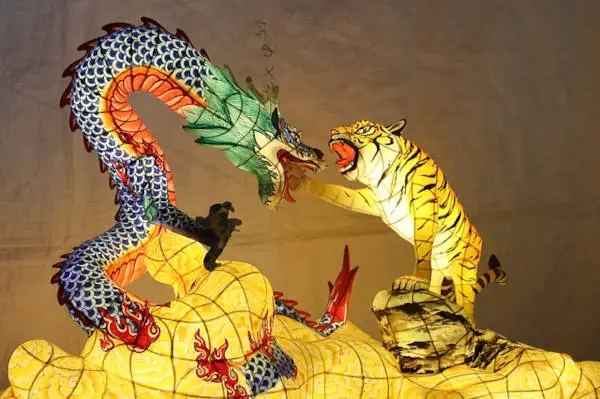
Activities and Traditions on Lantern Festival Celebration
As the name Lantern Festival suggests, the lanterns are the main tradition of this festival, but there are also other traditions and activities that can’t be separated from celebrating this festival.
Here are some of these activities:
Red lanterns with various designs
Traditionally the lanterns are always made of paper with traditional designs, but in this modern era, we can see various designs of lanterns from various materials. The only main “rule” for these lanterns is that the color must be bright red, but nowadays we can even see dragon-shaped lanterns with intricate details, and even those with LEDs instead of normal candles. These variations actually made the Lantern Festival even more entertaining and attractive than ever before.
Eating tangyuan
Tangyuan, the traditional sweet dumpling, remains as one of the core traditions of the Lantern Festival.
Tangyuan is mainly made of glutinous rice flour, round-shaped, and white in color. To add sweetness, the round ball is filled with various sweet fillings like red bean paste, sesame paste, date paste, almond, hawthorn fruit, and others. However, for those who prefer the savory taste, the Tangyuan can also be filled with pickled cabbage, minced pork, and even shrimp.
The Tangyuan is traditionally served with fermented rice soup that is called tian jiu.
Lantern riddles
One of the fun activities done during the Lantern Festival is to guess the riddles written on the lanterns. Those who are able to guess the answer to the riddle can go to the owner of the lantern and receives a present.
Dragon Dance and Lion Dance
Although the Dragon Dance and Lion Dance are more common during the Spring Festival (Chinese New Year), they are also common during the celebration of the Lantern Festival.
In a Lion Dance, two people wear the Lion Suit: the one in the front controls the “head” of the lion, and the one behind controls the movement and the tail of the Lion. These two people must move in sync, typically to follow the beat of traditional percussions the gongs, and Chinese cymbals.
The Dragon Dance involves more people, depending on the length of the dragon. Each person holds a pole that is attached to the dragon’s body and must work together to control the dragon’s movement to create an elegant and natural “flight”.
Check out our “Free Culture Library“. We have compiled some great free resources, about Chinese culture, for your research.
Stay in Touch
 Join our newsletter by using the forms on this website or click here!
Join our newsletter by using the forms on this website or click here! Follow us on Google News
Follow us on Google News Follow us on Facebook
Follow us on Facebook
Featured Image by Solveig Michelsen from Pixabay

